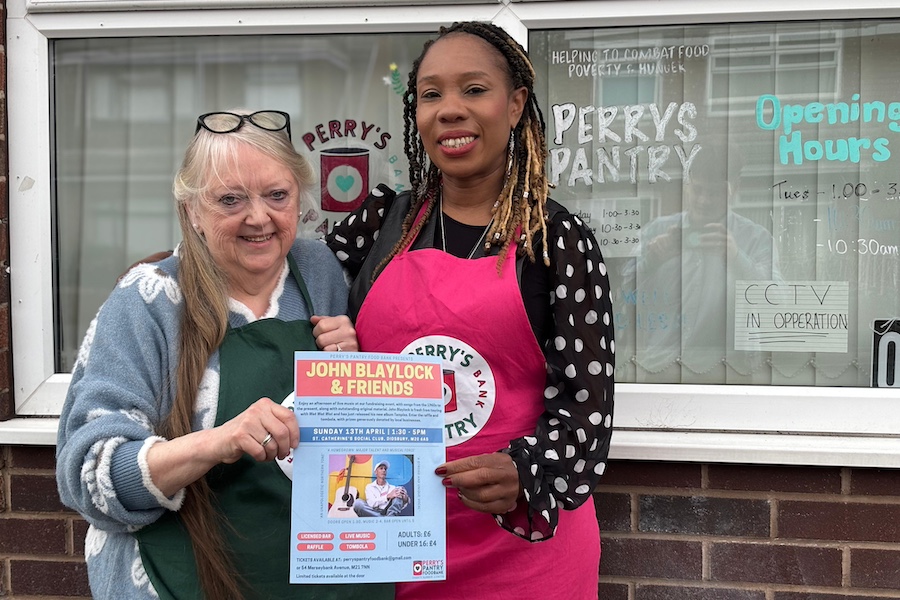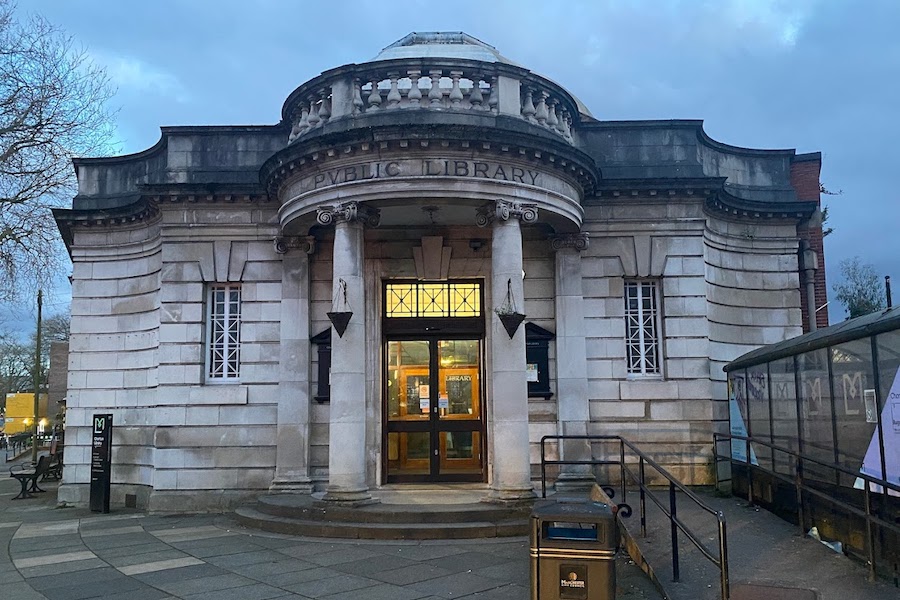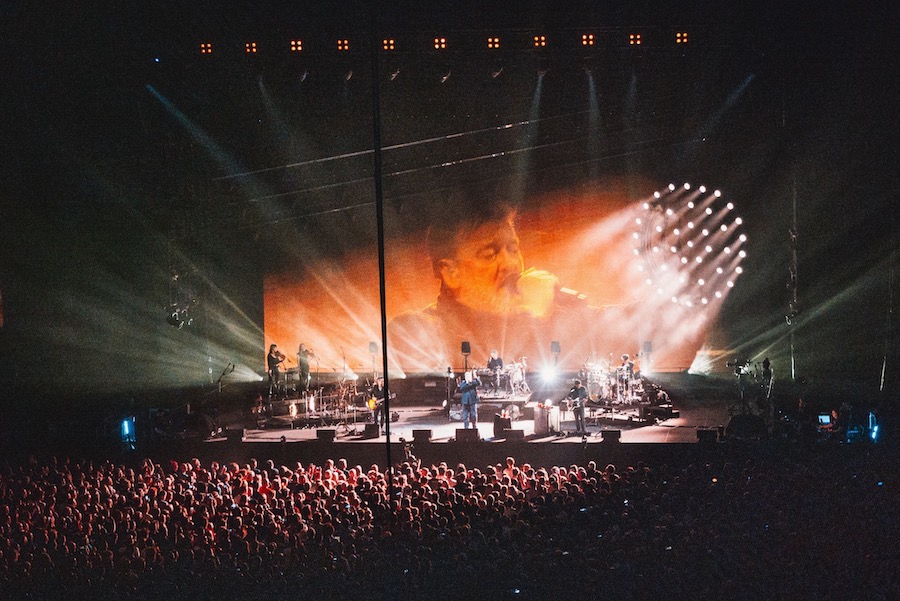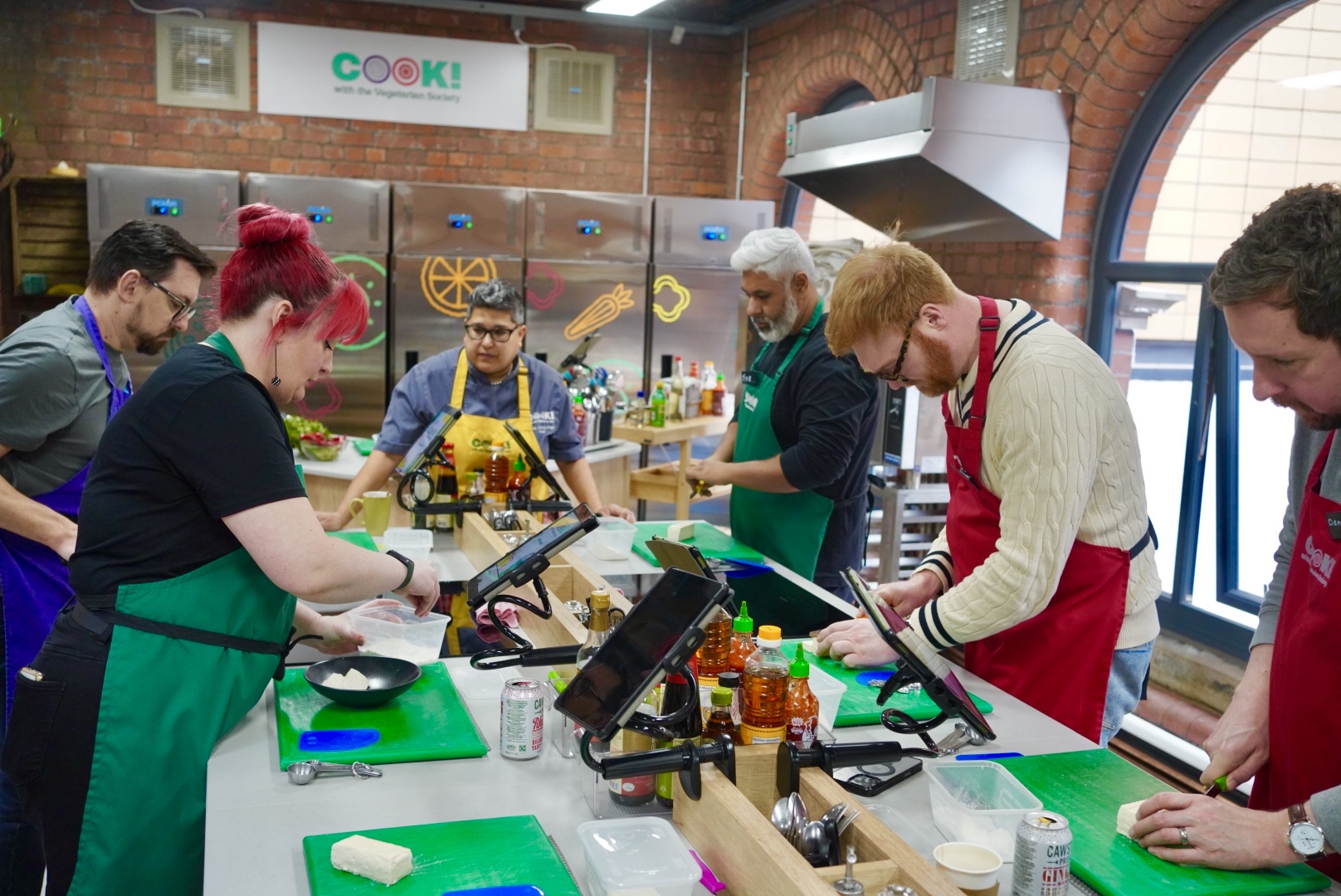Why Manchester was cool even in the sixties
- Written by Aidan O'Rourke
- Last updated 8 years ago
- Culture
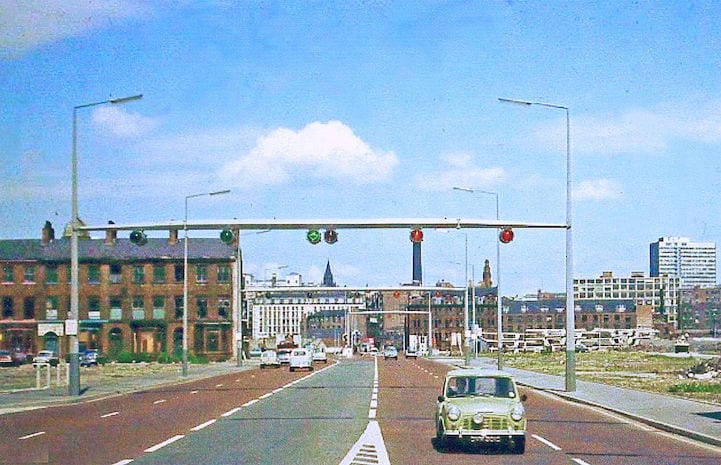
The 1960s may seem like pre-history to many people, an unimaginable era, as foreign, puzzling and irrelevant to today as the 1860s or the 1660s.
But I grew up in the sixties and I’m proud of it. Today I work with young people in my tutoring and on projects. I think ‘young’. But I also originated in this strange and alien place called Manchester in the 60s – actually I was born in 1958 – and I can tell you that many things about that time were better than today. Not everything. There were numerous negative aspects, which I’ll mention.
“…many things about that time were better than today.”
And before anyone interrupts with the words ‘Oh no, not another rant on about how everything was better in the old days, nothing but dewy-eyed nostalgia’ I have to say this, and I’ll repeat it. This is not nostalgia. This is fact.
The 1960s may seem like pre-history to many people, an unimaginable era, as foreign, puzzling and irrelevant to today as the 1860s or the 1660s.
But I grew up in the sixties and I’m proud of it. Today I work with young people in my tutoring and on projects. I think ‘young’. But I also orignated in this strange and alien place called Manchester in the 60s – actually just before- I was born at the beginning if 1958 – and I can tell you, many things about that time were better than today. Not everything. There were numerous negative aspects, which I’ll mention.
And before anyone interrupts with the words ‘Oh no, not another rant on about how everything was better in the old days, nothing but dewy-eyed nostalgia’ I have to say this, and I’ll repeat it. This is not nostalgia. This is fact.
And can I just mention what I see as an insidious tendency of today, a swimmingly idealised view of contemporary Manchester, how wonderful and cool it is, with all those bars and nightlife, so much better it is than in the bad old pre-bomb pre-historic days when there was nowhere to go and nothing to do, Manchester was just a drab old mess with nothing going for it.
I would like to point out that these are the symptoms of a condition I like to call dewy-eyed contemporalgia – a tendency to have a fantasy, uncritical view of the present day, possibly caused by an excess of good times spent in night spots, fuelled by stuff that helps you escape reality. In my opinion, overidealising Manchester in the present is as bad as overidealising Manchester in the past. We should be more critical.
OK, preliminaries over, let’s take a ride into Manchester in the sixties. Buses and trains are a favourite subject of mine, influencing my first couple of points:
Four stations
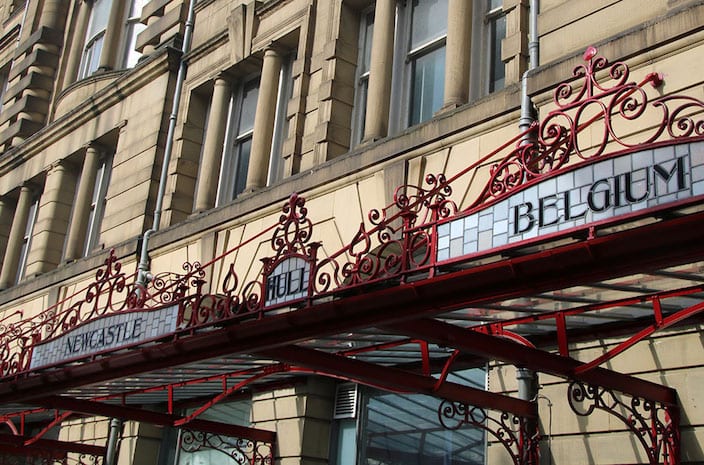
Until 1969 Manchester had four mainline stations: Piccadilly (known up till 1960 as London Rd), Central, Victoria and its next door neighbour Exchange.
One of the essential qualities of Manchester is that it’s the crossing point of many transport routes – roads, canals and most imporantly railways. In the 1960s, Manchester still had a complex network of railways inherited from the 19th century. Those four mainline stations each had their own unique character and from there you could go to a huge set of destinations. Look at Victoria Station’s 19th century listed station canopy and railway map. Manchester had the longest platform in Europe, running between Victoria and Exchange, which was actually located on the Salford side of the Irwell. From 1842 to 1968, steam trains were in operation. The railway was a world in itself, a world rooted in the railway age. That world was severely cut back when the Beeching axe closed two of the four main line stations, many local stations and the lines that served them. Believe me, those stations and railways really added something to the character of the city. They were exciting. Of course, the railways were in a bad state in the sixties through underinvestment. Many trains were old and worn out. Manchester didn’t need four stations. After the abandonment of the railways came the seventies, a period of crisis and decline. Let’s not go there!
The docks
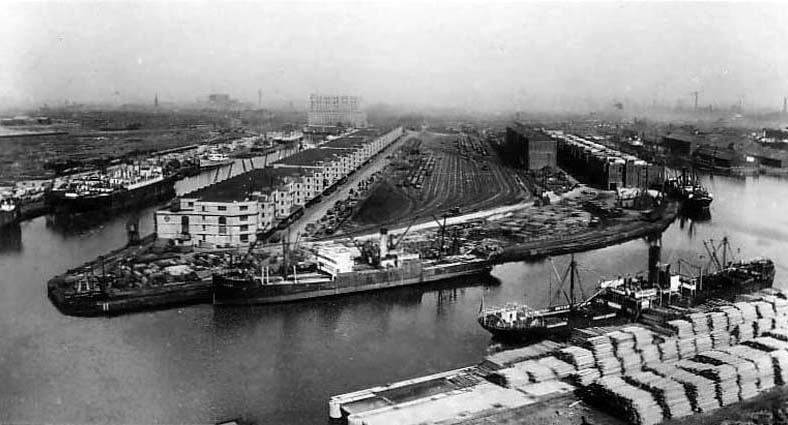
Ah, the docks. Nothing can match the excitement of riding on a big red Manchester bus or a big green Salford bus and seeing, just beyond the railings, ocean-going ships docked in the middle of a huge, smoky conurbation 35 miles from the sea. The docks were a miracle. How could Manchester, how could Salford, located so far inland, function as a port, with ships crossing oceans before making the 35 mile journey inland? But they did and the docks had an effect on the culture. It’s said the records brought from the United States by the guys who worked on the ships had an infuence on the music scene and helped to make Manchester a centre of music, a city that produced bands like the Hollies, Freddie and the Dreamers and many more. The docks were an icon of the city, as depicted in the film A Taste of Honey. I visited a Royal Navy submarine, Grampus, in 1966. The excitement is still with me. But the docks, still booming in the mid-sixties, would be killed off a decade later by new and larger container ships that were too big to fit into the canal. The docks became a wasteland. There were plans to redevelop them, but that’s another story in another decade. Take my word for it, the Manchester Docks, located in Salford, were a major asset that made Manchester unique.
Not much traffic
We forget that the roads were a lot quieter in the past. Actually the big increase in traffic, as I remember it, came in the 1980s. In the sixties, the roads were, by today’s standards, quiet. It’s hard to imagine. Oxford Road with just a few cars, a few lorries and plenty of buses. Yes there were traffic jams that built up in certain places. The first section of the Mancunian Way, Manchester’s ‘highway in the sky’ was opened in 1965. The first urban motorway, first named the M62, was completed in 1959. There were plans for motorways criss-crossing central Manchester. Only the Mancunian Way was built. In 1965, it appeared as a wide, empty strip of concrete on stilts, with a few cars and lorries on it. You could park easily in most parts of the city centre. In the suburbs, children played out on the street. A city with few cars, road schemes, parking restrictions and traffic jams was less stressful. If today more people switched from car to public transport, we could regain some of the benefits of a city free from traffic stress.
Two man buses
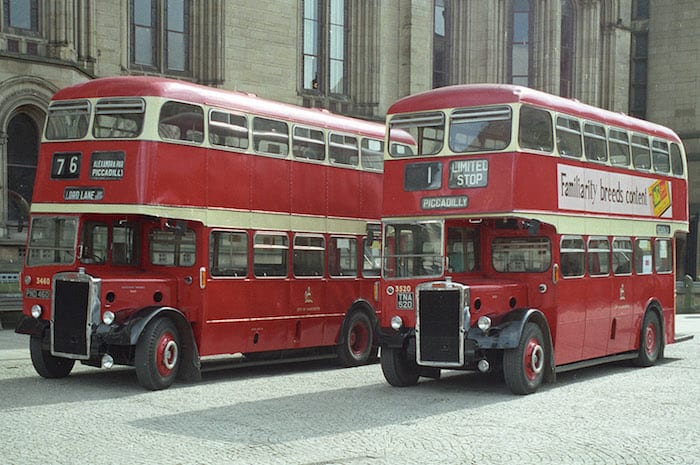
Today we accept buses that crawl along at a snail’s pace, held up by endless jams, drivers having to issue tickets, and other delays. But it’s not appreciated today that bus travel in Manchester was a lot faster in the sixties, and it was safer and more enjoyable too. That was because there were still two-man buses – or maybe one male driver and a female conductor. I remember a few of them. You could jump on or off the rear platform. You could also go upstairs for a smoke – that wasn’t such a good thing. In the sixties smoke was everywhere but that’s a different story. Buses crewed by two people provided a great service. They were comfortable, efficient and full of character and individuality. From Ashton and Droylsden there were trolleybuses – buses powered by electricity from overhead wires. But there were no daily and weekly tickets. From today’s perspective, those buses I admire were unthinkable. No chance for people in wheelchairs to get on board and nowhere for them to park. Yes, sitting upstairs was a health hazard, and ultimately, paying two staff to operate one bus became economically impossible. Having said that, in London there are still two man buses. Why can’t we have them here? At the Museum of Transport on Boyle Street, Cheetham, and also in Bury Transport Museum, you can rediscover amazing buses that ran in and around Manchester. You’ll experience a different Manchester.
Belle Vue
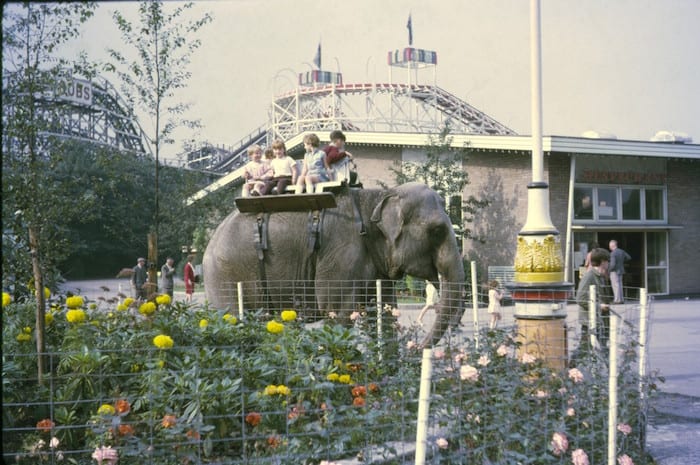
There is no shortage of people who fondly remember Belle Vue showgrounds, one of the most impressive leisure parks in the UK. A look online and you will find scores of photographs of the zoo, the lake, the concert hall and numerous other attractions. In the sixties it was a place seemingly every family in the city went to. Easily accessible by public transport – unlike most of today’s theme parks – and located close to the heart of the city. Many concerts by famous groups took place in the hall. The words Belle Vue conjure up a world of excitement and pleasure that was part of the Manchester experience. Just imagine if they were still there today. They closed in the early 70s after a fire. I won’t go into a detailed acount of what happened, that’s not difficult to find online. Suffice to say that the loss of Belle Vue was a sad and costly development. There are groups dedicated to bringing back the theme park and I wish them well.
A sparkling, exciting, glamorous city centre
The idea that Manchester city centre was sparkling and glamorous in the past seems inconceivable according to today’s accepted way of looking at things. In the post-bomb era, Manchester has turned from a drab depressing place where there was nothing to do and nowhere to go into the vibrant city we have today. What a load of tosh. In the 1960s Manchester was a very exciting place full of glamour and sixties chic. It’s true that most older people dressed in a 40s or 50s style but there was a new generation of mods, rockers and young female fashionistas who sported the hair styles and the clothes of the swinging sixties. Yes London was dominant but Manchester had sixties chic too. Market Street was still complete with mostly 19th century facades on both sides and it still had buses and cars running up and down. There were neon signs including one for John Collier. I would love to see more neon signs in Manchester, there are currently very few. The old facades were swept away to make way for the Arndale Centre. What a shame they didn’t hide it behind the facades. Manchester had many night clubs including the Twisted Wheel. It was a rough, gritty place, It was dark – literally. Most of the stone facades were still jet black and were unloved at the time. But against this drab background, Manchester city centre in the 1960s was a vibrant and exciting place so let’s not forget that fact!
Heavy industry
The essence of Manchester is industry. It was the cradle of the Industrial Revolution. As a child I loved the romance of industry, mills and factories and chimneys as far as the eye could see, like in a painting by LS Lowry or a drawing by Trevor Grimshaw. Coal mines, canals, a slate-coloured world that smelt of smoke. That world was still dominant in the 1960s but after the 1960s came the 1970s and we know what happened then. The sixties was the last decade of the old world that had managed to survive beyond the war, a world with its origins in the 19th century. It was the start of a new world of technology, pointing towards the 21st century, where we find ourselves currently. Now we live in a post-industrial city, or so they say. Maybe it’s just a different kind of industry. But although nowadays knowledge, not coal, is said to be the dominant commodity, much of the architecture of the old world remains, in Ancoats, for instance, though sadly, many significant buildings have been destroyed. Without the heavy industry of the past, today’s city would be a much smaller place. Let’s not forget it existed.
Cohesive neighbourhoods
As children in the sixties we played out on the street, went into neighbours’ houses, there was a sense of community. I remember it. Post sixties, neighbourhoods became extremely un-cohesive. People were moved from the slums into new tower blocks or houses on new estates. There was more space, the standard of the building was better – with the exception of the Hulme Crescents and Ford Ardwick. Today we think twice about letting our children out on to the street. But in the 60s it wasn’t like that. Look at the photos by Shirley Baker of children on the streets of Salford before and during the slum clearances. In A Taste of Honey, the children played games and sang songs such as ‘The good ship sails on the ally ally oh’. It was great to be a child in the sixties, but there was a dark side. Things that weren’t talked about. Someone I know wandered out of his neighbourhood only to be caught and abused by a sexual predator. But that was unusual. Maybe strong communities are on the rise again – communities facilitated by social media.
Buildings still there
In the sixties, many original buildings from the earlier city were still there. Looking at archive photos, it’s tantalising to see them. Long forgotten, under-appreciated at the time, churches, warehouses, Victorian façades, factories, cinemas, theatres, many were in a bad state of repair and seemed beyond use. In the sixties, the Victorian façades on Deansgate where the Ramada Hotel is now were still standing, as were 19th century buildings on Albert Square opposite the town hall. Imagine Albert Square as an almost complete Victorian Square. Sadly those buildings were demolished. On Major Street stood York House, a pioneering example of modernist style architecture designed by Harry S Fairhurst. At the back it had sloping, south-facing windows like facets of a jewel. Manchester City Council decided it needed to be knocked down to make way for new development. It was demolished in 1974 despite protests from around the world.
The music scene
For those of you who weren’t around in the sixties, you really missed out, believe me! It was a formative time and Manchester played its part. There were bands – the Hollies, Freddie and the Dreamers. The Merseybeat is taken to refer to Liverpool bands, though the river Mersey flows seven miles south of Manchester city centre, so maybe the Merseybeat of the sixties includes Manchester, I’m not sure. Top of the Pops started broadcasting from a former church on Dickenson Rd and continued in the venue until 1969. Many famous artists came up from London to Manchester. I have hyper-vivid memories of the shop on the A6 in Stockport, 7 Miles Out. It was a haven of colour and grooviness in a still monochrome northern England. Manchester had many night clubs, though I was too young to go to them. 50 years ago, Manchester was cool and that’s a fact! Don’t let anyone tell you otherwise. The Manchester music scene over the decades is documented by CP Lee in his book Shake, Rattle and Rain.
Piccadilly Gardens
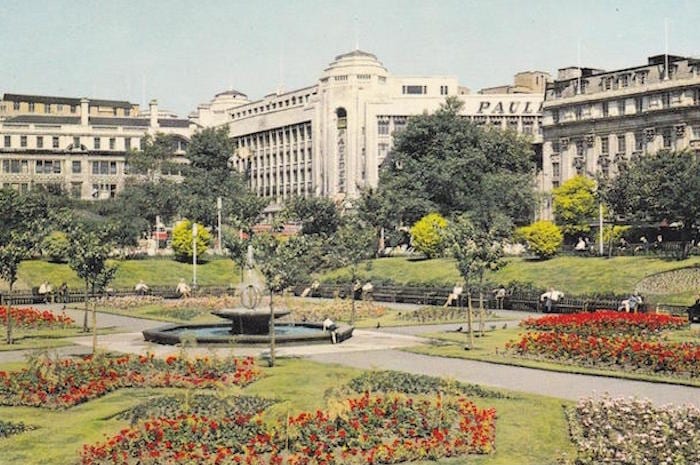
The Gardens are one of the things I miss the most. In the sixties, they were in their heyday. A large, elegant public square with lots of greenery, enlivened by brightly coloured flower beds. They were overlooked on three sides by classic buildings and on one by the futuristic Piccadilly Plaza. I have vivid childhood memories of the gardens. Their magnificence can be seen on old post cards and archive photos. By the 1990s they had suffered due to encroachment by Metrolink lines and neglect by the council, leading to their destruction and replacement with the catastrophic ‘new’ gardens. Councillor Richard Leese, who played a key role in bringing us the new gardens, has said we must under no circumstances attempt to go back to the past. I think that is exactly what we should do. We should recreate the spirit of the old gardens in a new way, rather like the new Beetle or Fiat 500. A new Piccadilly Gardens inspired by the old could, like those cars, be massively successful.
- This article was last updated 8 years ago.
- It was first published on 9 August 2016 and is subject to be updated from time to time. Please refresh or return to see the latest version.
Did we miss something? Let us know: press@ilovemanchester.com
Want to be the first to receive all the latest news stories, what’s on and events from the heart of Manchester? Sign up here.
Manchester is a successful city, but many people suffer. I Love Manchester helps raise awareness and funds to help improve the lives and prospects of people across Greater Manchester – and we can’t do it without your help. So please support us with what you can so we can continue to spread the love. Thank you in advance!
An email you’ll love. Subscribe to our newsletter to get the latest news stories delivered direct to your inbox.
Got a story worth sharing?
What’s the story? We are all ears when it comes to positive news and inspiring stories. You can send story ideas to press@ilovemanchester.com
While we can’t guarantee to publish everything, we will always consider any enquiry or idea that promotes:
- Independent new openings
- Human interest
- Not-for-profit organisations
- Community Interest Companies (CiCs) and projects
- Charities and charitable initiatives
- Affordability and offers saving people over 20%
For anything else, don’t hesitate to get in touch with us about advertorials (from £350+VAT) and advertising opportunities: advertise@ilovemanchester.com
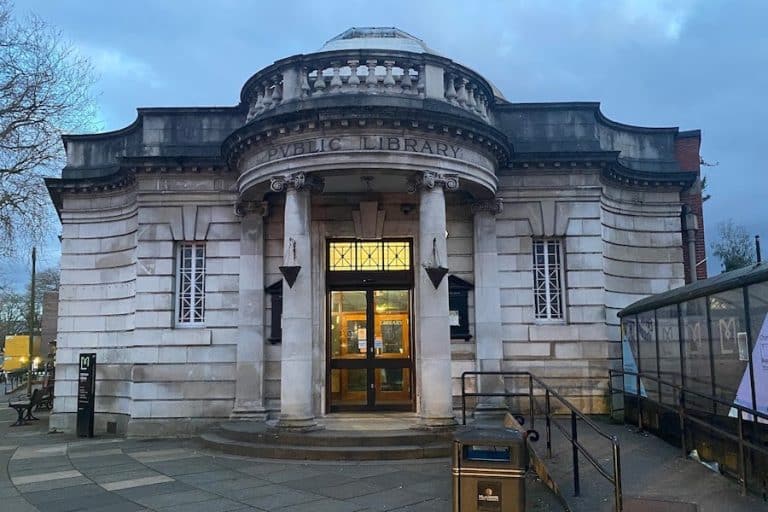
Chorlton Library gets a stunning renovation unveiling hidden treasures

How one selfless act sparked a career dedicated to saving lives
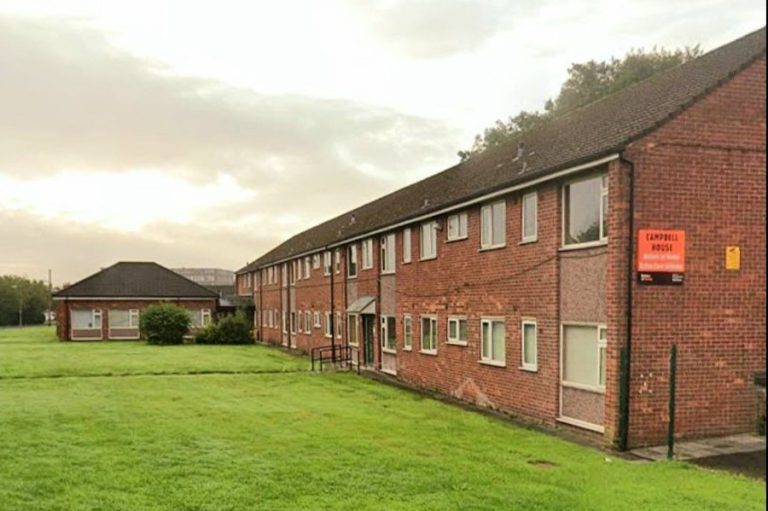
Former sheltered housing transformed into safe haven for vulnerable youth

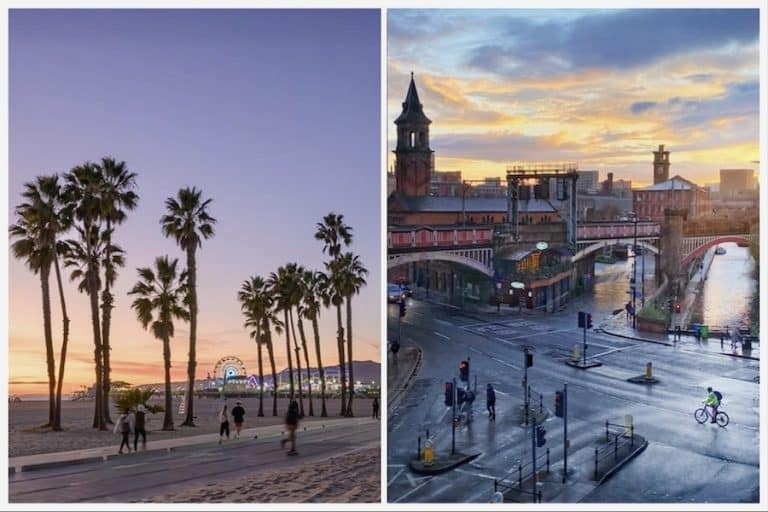
Manchester and Los Angeles prove that opposites really do attract







